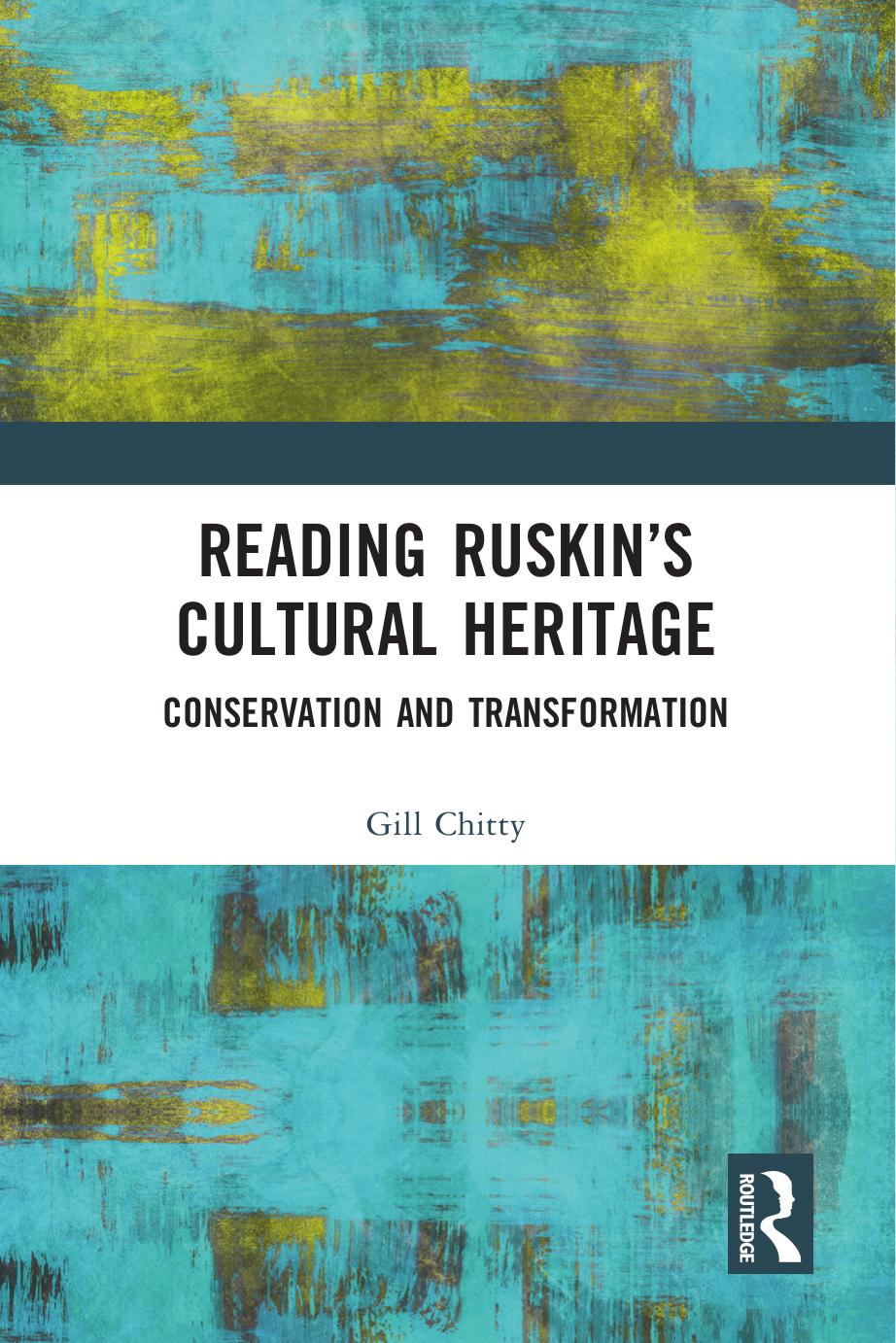

Most ebook files are in PDF format, so you can easily read them using various software such as Foxit Reader or directly on the Google Chrome browser.
Some ebook files are released by publishers in other formats such as .awz, .mobi, .epub, .fb2, etc. You may need to install specific software to read these formats on mobile/PC, such as Calibre.
Please read the tutorial at this link: https://ebookbell.com/faq
We offer FREE conversion to the popular formats you request; however, this may take some time. Therefore, right after payment, please email us, and we will try to provide the service as quickly as possible.
For some exceptional file formats or broken links (if any), please refrain from opening any disputes. Instead, email us first, and we will try to assist within a maximum of 6 hours.
EbookBell Team

0.0
0 reviewsRuskin’s passionate responses to the environmental and social changes of his day chime with contemporary ideas on themes like sustainability, ethical production and environmentalism. Though widely recognised as a key figure in preservation history, his heritage work is rarely appreciated in full context and breadth. This volume presents six stimulating essays on Ruskin’s readership and reception, his transformative perceptions of heritage futures and provocative writing on cultural landscapes and the arts and crafts. Extracts from both well-known and lesser-known works accompany each chapter to reflect the distinctive vocality of his texts, from his writing on architecture and buildings, to landscape and cultural heritage. The volume offers a richer description of cultural context and meaning than usually afforded to Ruskin’s work in conservation and critical heritage studies finding its resonance and relevance.
Written for an academic and professional audience in heritage studies and historic building conservation and particularly relevant for cultural heritage management, this is a core text and reference work for undergraduate and postgraduate students in history of art and architecture, heritage studies and architectural/building conservation, also central to interests of cultural historians and scholars of nineteenth-century/Victorian history and literature.